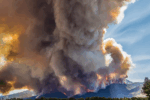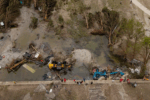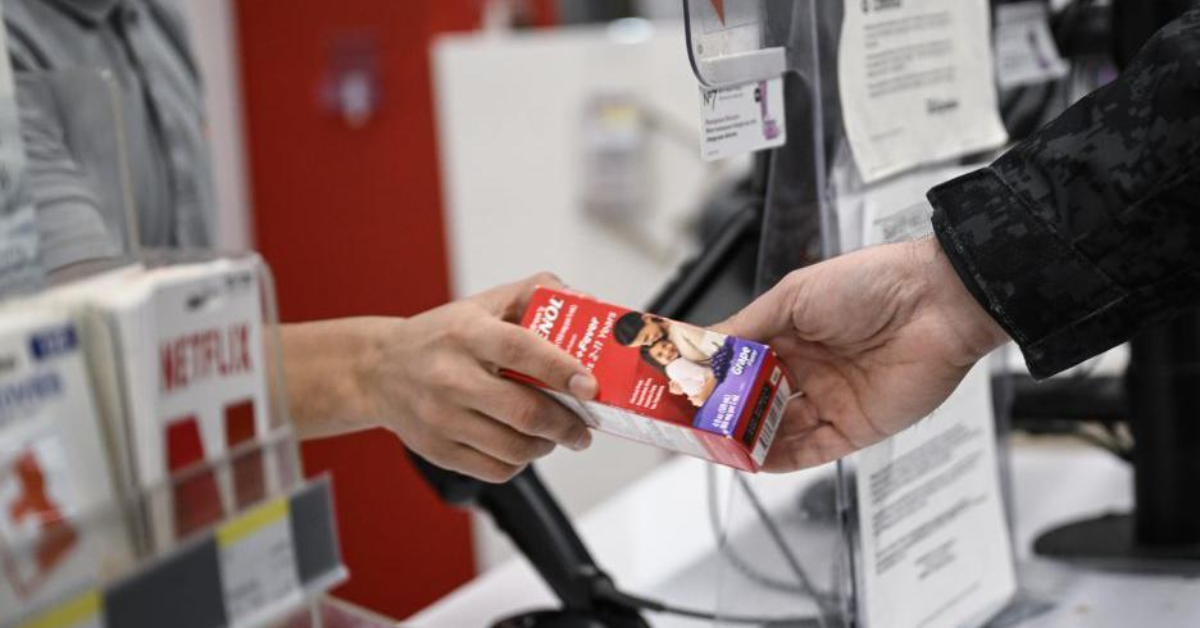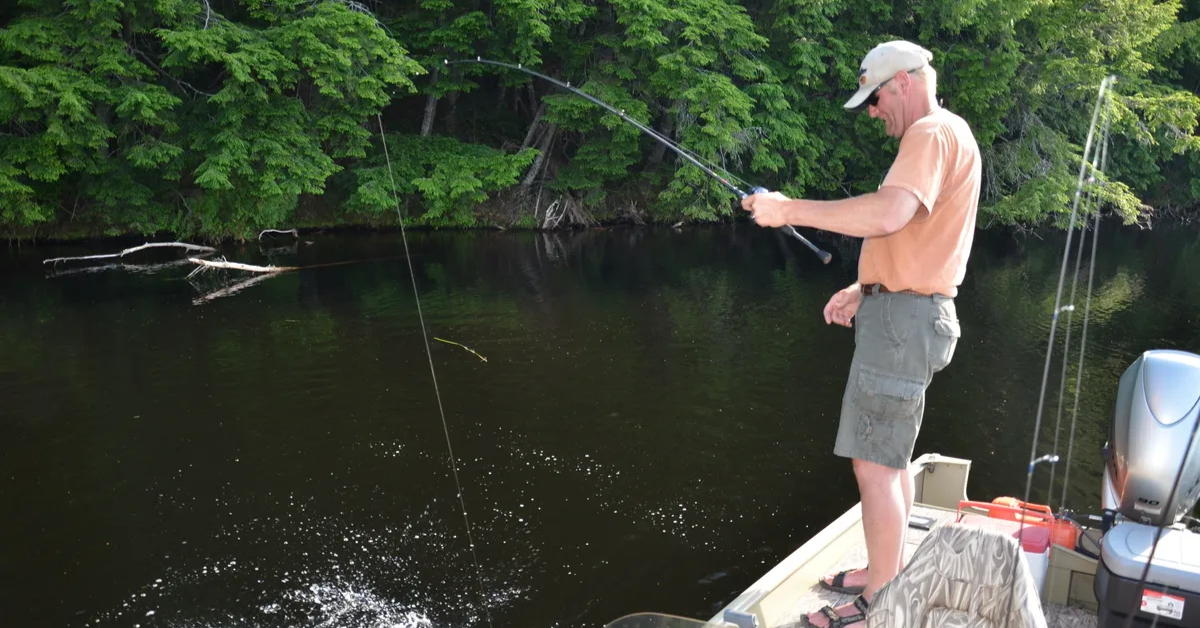New York, NY – Health officials across New York and the broader United States are sounding the alarm as the New World screwworm, a deadly parasitic fly, has resurfaced in the country for the first time in decades. This emergence follows confirmation of the first human case of New World screwworm infestation in the U.S., linked to travel from an affected region abroad.
The New World screwworm poses a significant health threat as it attacks and consumes healthy tissues in both humans and livestock, leading to painful and persistent wounds. Amid rising concerns, New Yorkers are urged to remain vigilant and aware of the symptoms associated with this dangerous parasite.
Understanding the New World Screwworm Threat
The New World screwworm (NWS) is a parasitic fly notorious for laying its eggs in open wounds of animals and humans. Once hatched, the larvae aggressively feed on the living tissue, causing intense pain and tissue damage. According to the Centers for Disease Control and Prevention (CDC), infestations can occur in unexpected areas such as the nose, eyes, or mouth, complicating detection and treatment.
“If you have an NWS infestation, you may see maggots (larvae) around or in an open wound. They could also be in your nose, eyes, or mouth,” the CDC warns.
This parasitic species was declared eradicated in the U.S. back in 1966. However, recent outbreaks in neighboring Mexico have caused renewed concerns, prompting strict cattle import restrictions during certain months to prevent further spread.
Recognizing the Symptoms of New World Screwworm Infestation
Early detection is critical in managing New World screwworm infestations. New Yorkers should watch for several key symptoms that may indicate parasitic activity:
- Unexplained skin lesions or sores that do not heal.
- Skin wounds that worsen over time or become increasingly painful.
- Bleeding from open sores.
- Feeling or seeing larvae movement within wounds or in nasal, oral, or eye regions.
- A strong, foul odor emitted from the infestation site.
These signs should prompt immediate medical attention to mitigate severe complications.
The First Confirmed U.S. Human Case Spurs Concern
Earlier this week, U.S. health officials confirmed the first travel-associated human case of New World screwworm infestation in a Maryland resident who had recently traveled to El Salvador, where an outbreak is currently ongoing. While the risk to the general American public remains low, authorities emphasize heightened awareness, especially in regions receiving travelers from endemic areas.
“The risk to other Americans from this introduction is very low,” a health official said in an interview with NPR.
Additional Healthcare Challenges in New York
Simultaneously, New York’s healthcare system faces scrutiny as 29 hospitals across the state have received the lowest possible star rating of 1 out of 5. These ratings reflect concerns related to patient outcomes, safety, readmission rates, and quality of care. Some of the hospitals on this list include:
- The University of Vermont Health Network-Alice Hy, Malone
- New York Community Hospital of Brooklyn
- Harlem Hospital Center, New York City
- Bronxcare Hospital Center
- Richmond University Medical Center, Staten Island
- Montefiore New Rochelle Hospital
- And many others spanning Brooklyn, Rochester, Yonkers, and beyond.
These ratings highlight ongoing challenges in delivering effective care amid public health threats.
What Can New Yorkers Do to Stay Safe?
Given the emergence of this dangerous parasitic fly and its severe effects, health experts recommend:
- Monitoring for any unusual wounds or sores that show signs of infestation.
- Seeking immediate medical advice if symptoms such as maggot presence or unexplained lesions appear.
- Being particularly cautious when traveling to or from regions with known NWS outbreaks.
- Keeping wounds clean and covered to prevent fly exposure.
For those interested in tracking developments or staying informed on regional health news, following trusted sources like Hudson Valley Post is recommended.
Looking Ahead: Vigilance and Response
The reappearance of New World screwworm in the U.S. underscores the importance of ongoing monitoring and swift medical responses to emerging parasitic threats. While the current risk is considered low, public awareness and prompt reporting of symptoms will be critical to prevent infestation spread and ensure community health.
Key takeaways for New Yorkers include:
- Stay vigilant for symptoms of New World screwworm infestation.
- Maintain good wound care to reduce exposure risk.
- Consult health professionals promptly if suspicious symptoms arise.
- Follow updates from reputable health organizations and news outlets.
As New York grapples with both emerging parasitic threats and challenges within its healthcare facilities, coordinated efforts between public health officials, medical institutions, and the community will be vital.







